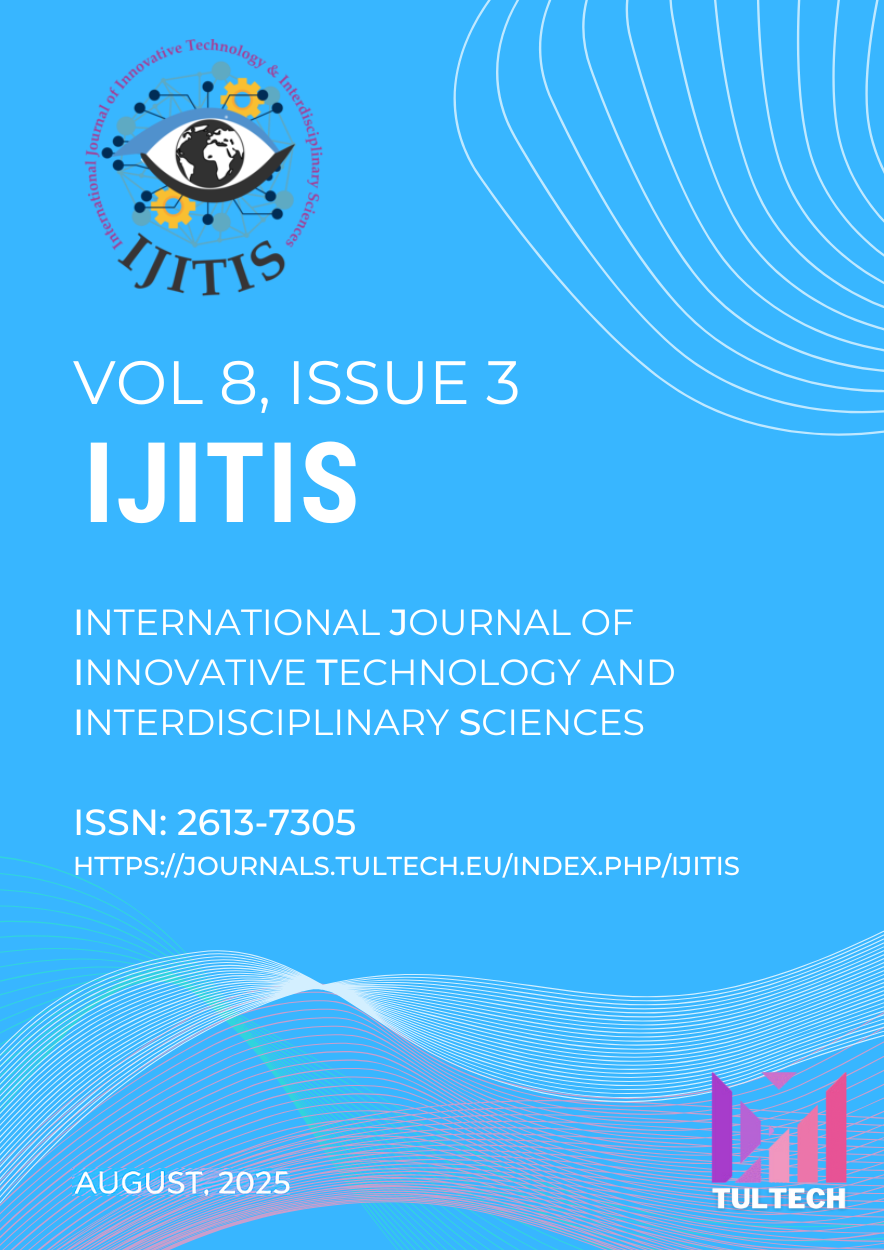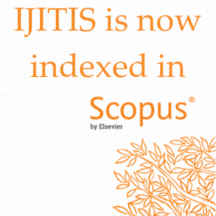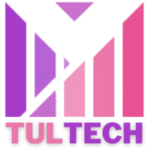e-UROZONE: A DSGE-Based Model for a New Financial Architecture
DOI:
https://doi.org/10.15157/IJITIS.2025.8.3.734-783Keywords:
Decentralized finance, monetary policy transmission, financial inclusion, e-UROZONE, digital bankingAbstract
This study introduces e-UROZONE, a novel decentralized financial architecture for the euro area, modeled within a New-Keynesian Dynamic Stochastic General Equilibrium (DSGE) framework augmented by an AI-based risk layer. In this system, credit intermediation occurs directly between lenders and borrowers, while the European Central Bank (ECB) maintains stability through bounded interest-rate rules and a digital liquidity backstop. The model extends the canonical financial-accelerator DSGE by embedding rule-based policy corridors, liquidity constraints, and an adaptive AI component to capture endogenous risk propagation. Model calibration and validation are performed using Euro-area data, including ECB MFI interest rates, Eurostat GDP, and ECB SAFE series, within a Dynare-based simulation and replication environment. Monte-Carlo experiments (N = 10,000) are conducted under baseline, liquidity, inflation, and financial-volatility shocks, yielding unit-specific statistics, 95% confidence intervals, and impulse-response analyses. Results demonstrate that, relative to a traditional bank-centric baseline, the e-UROZONE architecture enables faster credit reallocation and lower interest-rate volatility while preserving ECB control through parameterized policy bounds. The framework also introduces a CBDC-DSGE benchmark for qualitative comparison. Overall, the paper contributes not merely a new calibration but a market-design paradigm for the euro area, where monetary and financial stability are jointly achieved through a decentralized, rules-based mechanism. This design expands the central bank’s toolkit by introducing previously unavailable policy instruments corridor width, haircut schedule, and backstop intensity—thus offering a scalable foundation for future digital monetary systems.
Downloads
Published
How to Cite
Issue
Section
License
Copyright (c) 2025 Artina Kamberi, Agon Memeti, Abdylmenaf Bexheti

This work is licensed under a Creative Commons Attribution 4.0 International License.








